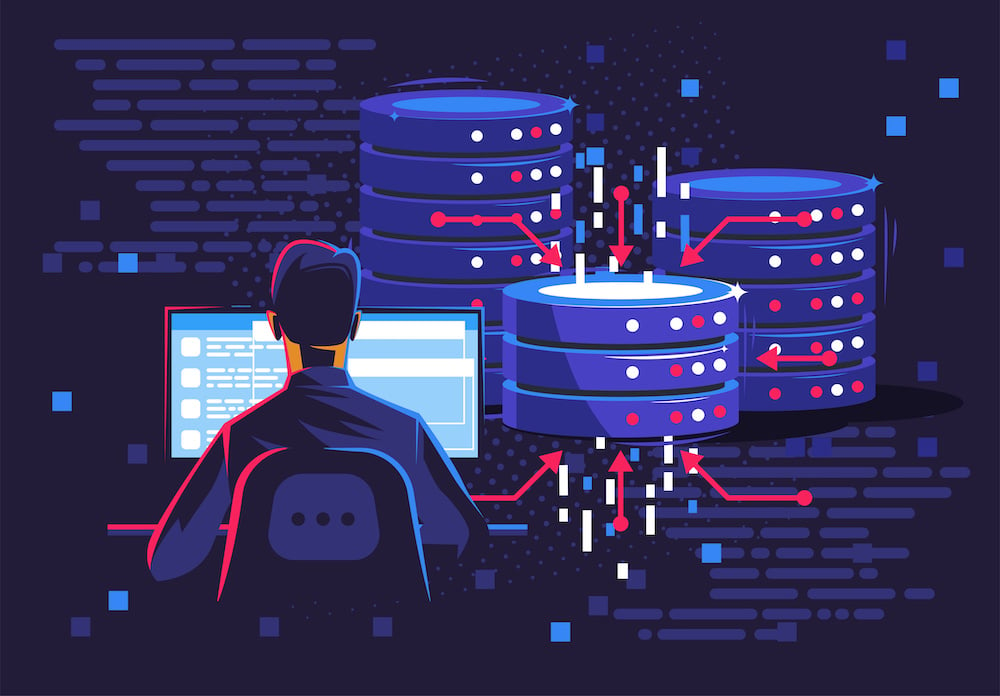Threats to data and data infrastructure seem to be mounting by the day, and yet it appears that enterprises are starting to curtail their spending on backup and recovery systems. But does this mean businesses are remaining willfully blind to the dangers of a connected economy, or are there other forces at work causing a rethink of recovery operations?
It only takes a quick scan of the headlines to see the rise in cyber attacks, natural disasters and other banes of the digital economy, so on the surface it seems a little strange that, as IDC reported recently, sales of purpose-built backup appliances are on the wane. The sector saw a 16.2 percent drop in revenues in the second quarter, coming in at $762.5 million versus $868.9 for the same period last year. In terms of storage, vendors shipped a total of 858 PB in the period, a drop of about 15 percent.
But as researcher Liz Conner noted, this may not represent a pull-back in B&R as much as a shift toward new technologies. Like storage in general, the backup appliance market is seeing a wealth of alternative solutions, such as cloud-based tiering, hybrid arrays and integrated software releases that stress data protection over traditional backup. Indeed, enterprise storage systems eked out a 2.9 percent gain in the quarter even as traditional arrays gave ground to emerging all-Flash and hybrid-Flash solutions.
This trend is also leading to a wave of multi-vendor partnerships aimed at incorporating B&R as a core element of broader hybrid cloud platforms. A prime example is the emerging ecosystem consisting of data management firm Datos IO, analytics provider Cloudera, and object storage firms Cloudian and Igneous Systems. Together, the companies are working toward an integrated cloud solution that provides B&R services for rapidly evolving IT application stacks. A key goal is to provide effective support for the wealth of unstructured data coming from social, mobile and IoT architectures, which by nature must be distributed across multiple clouds and managed in an application-centric fashion.
As well, Google has teamed up with Scale Computing to develop the Cloud Unity platform, an amalgam of Scale’s HC3 software stack and Google’s Cloud Platform IaaS solution. The goal is to provide small and mid-sized enterprises the means to build entire backup data environments in the cloud, something that would be prohibitively expensive in a brick-and-mortar setting. As a service offering, organizations can use Cloud Unity to shift B&R costs from capex to opex and maintain an active, monitored backup program without tying up in-house personnel. The service is due to launch in the fourth quarter.
Meanwhile, Quest Software is out with its own cloud-based B&R system aimed at providing end-to-end visibility across the entire data protection apparatus. The Quest Data Protection Portal provides a consolidated management window for both MSPs and enterprises, augmented by the ability to extend monitoring capabilities to any device or location. The initial release will act as an extension of the Quest Rapid Recovery solution, available at no cost to existing users, providing integrated recovery of all systems, application and data.
It is pretty clear, then, that few organizations are taking their backup responsibilities lightly. With data and infrastructure no longer the sole provenance of the data center, organizations must adopt an expanded view of resiliency and continuity in order to keep the bits flowing. At the same time, B&R is becoming less of an add-on to the data environment and more of a core asset.
In an age when simple latency can cost millions, complete downtime is the stuff of nightmares.
Arthur Cole writes about infrastructure for IT Business Edge. Cole has been covering the high-tech media and computing industries for more than 20 years, having served as editor of TV Technology, Video Technology News, Internet News and Multimedia Weekly. His contributions have appeared in Communications Today and Enterprise Networking Planet and as web content for numerous high-tech clients like TwinStrata and Carpathia. Follow Art on Twitter @acole602.










